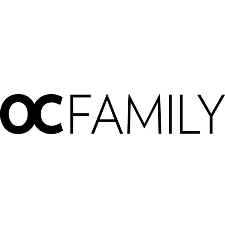
Psychotherapy vs. Life Coaching
Through a process of inquiry and personal discovery, coach, and client work together to build client’s awareness and responsibility while providing feedback, tools, support and structure to accomplish more.
| Psychotherapy | Life Coaching |
|---|---|
| Can work from a medical model, therefore assessments are toward forming a diagnosis and treatment goals | Assessments are toward defining and establishing client’s vision and goals |
| Focuses on internal issues and historical roots. It seeks resolution through modifying internal functioning (Interpersonal and Intrapersonal) and unconscious, causal factors. Uses all 6 phases of the AIT Model | Focuses mainly on external issues and seeks solutions through methods of functioning in the external world (work practices, resource management, interpersonal relating), and future possibilities. Uses phases 1,2,3,5, & 6 of the AIT Model |
| Focuses on past, present and future. | Focuses on present and the future. |
| Provides a space for client to gain insight, work on suppressed emotions, and reevaluate their defenses. Recognize irrational beliefs and learn skills to minimize symptoms and live healthier lives. | I offer Psychotherapy and Coaching to Californians and Coaching to people all over the world face-to-face in my San Clemente, California office, or through Telephone, Doxy, FaceTime, Zoom, or WhatsApp. My fee is $250 per 50-minute session. |
| Containment of emotions in a safe environment | Moving beyond one’s own comfort zone |
| Most therapeutic orientations delve into client’s emotions. Build skills for the clients to deal with the upcoming emotions. | With the assumption of the presence of emotional reactions to life events, holds the client capable of expressing and handling their emotions. |
| The Therapeutic relationship is essential. The relationship can be used as a model for the client to utilize in other relationships. | Coach & Client relationship is not a determining factor; however, it is a partnership that helps clients achieve fulfillment in their personal and professional lives. |
| Can only be practiced in the State that the therapist and client reside. | It holds no geographic boundaries. |








